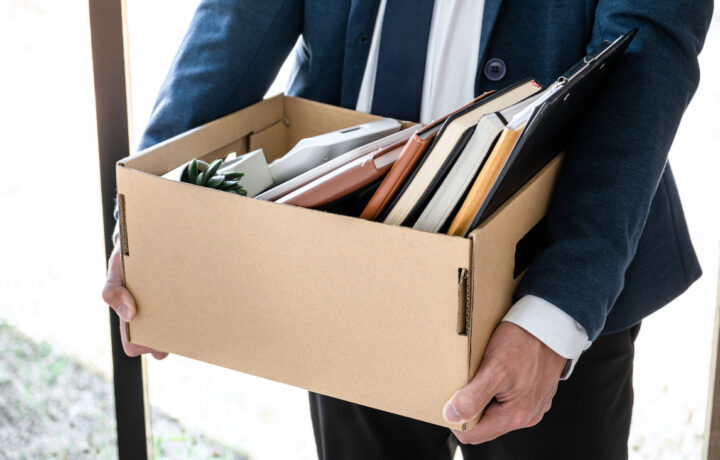Former president Donald Trump is facing 37 federal charges related to the unlawful possession and storage of classified information. Trump is set to appear in court tomorrow, but the court appearance is the culmination of nearly two years of inquiry into Trump’s records, his alleged retention of privileged information, and his alleged mis-use of classified information following his departure from the White House.
Trump wasn’t the only one facing scrutiny for having classified information in his possession erroneously – but any case against former Vice President Mike Pence has already been dropped. Biden’s case is still ongoing. Trump’s case – outlined in a 44-page indictment dated June 8 – highlights how classified documents and the Presidential Records Act work together – and also why sloppy security practices can be costly – even for a sitting U.S. President.
WHAT IS THE PRESIDENTIAL RECORDS ACT?
The Presidential Records Act establishes public ownership of official records of the president and vice president, beginning in 1981 with the Reagan Administration. Previously, presidential documents could be considered private records, but the PRA makes them public records governed by the NARA.
While the PRA establishes procedures for record keeping, it doesn’t carry clear penalties for failing to adhere to the act itself. The bigger penalty certainly comes into play when it comes to protecting classified information. While the president may obtain some privilege in accessing or viewing classified information after leaving office, retaining those records is another story.
“Executive Order 13526 provided that a former president could obtain a waiver of the “need-to-know” requirement, if the agency head or senior agency official of the agency that originated the classified information: (1) determined in writing that access was consistent with the interest of national security and (2) took appropriate steps to protect classified information from unauthorized disclosure or compromise and ensured that the information was safeguarded in a manner consistent with the order. TRUMP did not obtain any such waiver after his presidency,” the indictment notes.
When Is a Document Declassified?
A document can be unclassified by a sitting president – but it can’t be unclassified by a former one. The most damning aspects of the indictment are when Trump is alleged to have claimed possession of classified documents – that he new were still classified – and that hadn’t been declassified prior to leaving office. Numerous photos taken of Mar-a-Lago show a trove of boxes of material – some of which were marked as classified.
Trump isn’t the only person sitting on a ‘tsunami’ of classified material, as some have called it. A report released last summer by Mark Bradley, director of the National Archives’ Information Security Oversight Office (ISOO) highlights the government’s classified data problem. “We can no longer keep our heads above the tsunami,” Bradley wrote last year.
Beyond the obvious issue of keeping classified information protected, the government has a clear paper problem. One that isn’t getting better – and one that no one is eager to take on. Bradley vacates his role as the ISOO this summer – and we’ve yet to see a replacement for the job announced.




